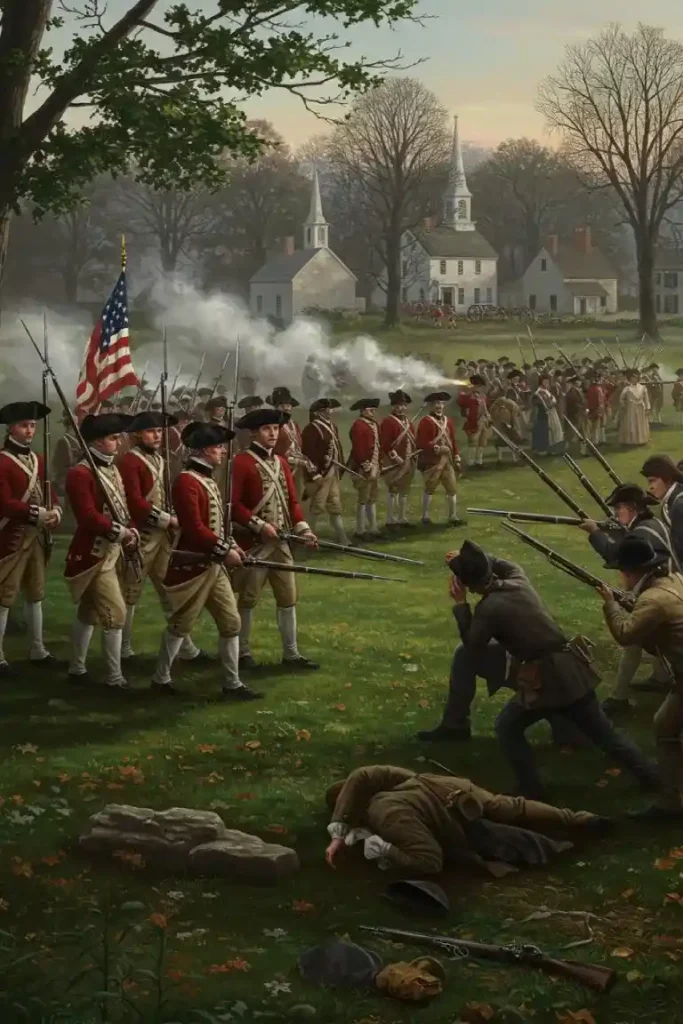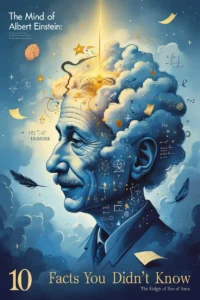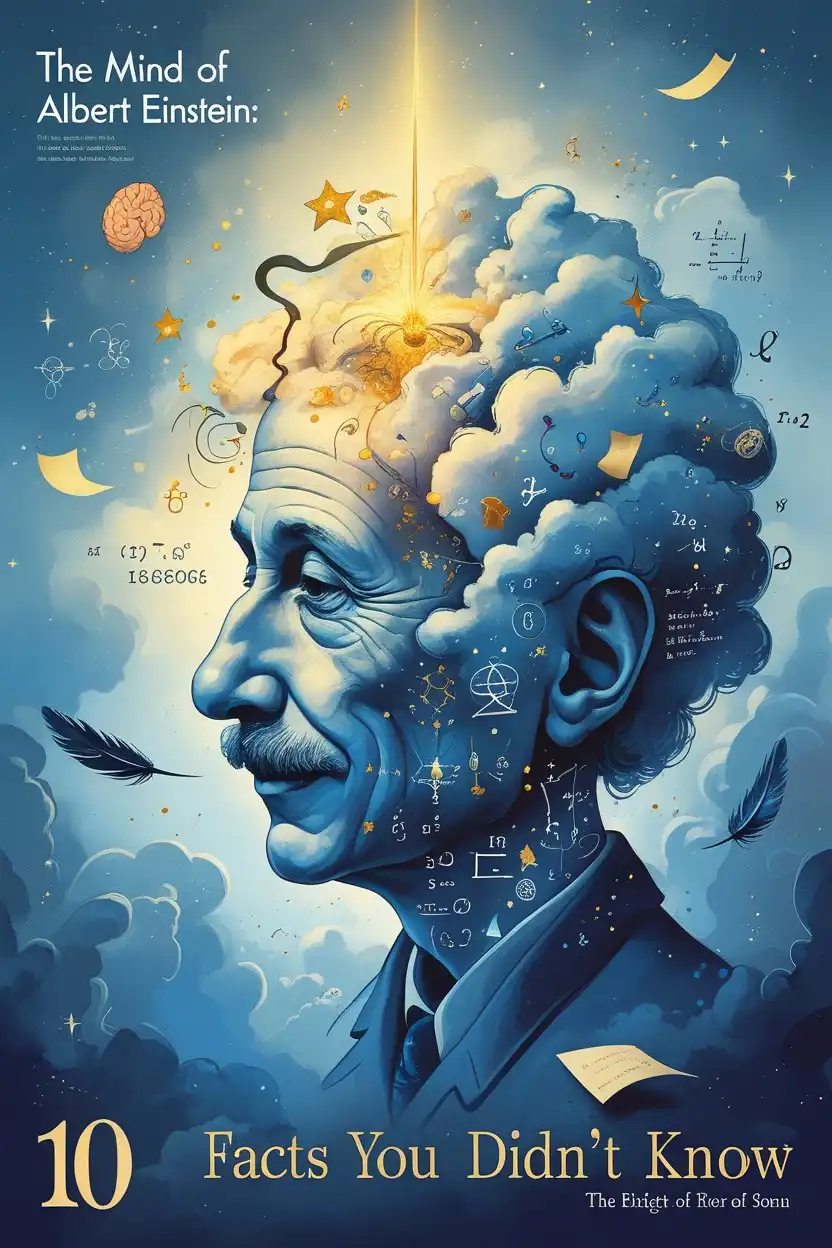April 19, 1775, marks a day etched into the annals of history—a moment when the first spark of the American Revolution ignited, forever altering the trajectory of a fledgling nation. Referred to as “The Shot Heard Round the World,” this pivotal event took place in the quiet towns of Lexington and Concord, Massachusetts, and symbolized the birth of a revolution that would ultimately lead to the creation of the United States of America.
But what exactly happened on that fateful day? And why has it become such an enduring symbol of resistance and freedom? Let’s dive into the story behind this historic moment.
The Build-Up to Revolution
By the mid-1770s, tensions between Great Britain and its American colonies had been simmering for over a decade. British attempts to impose taxes and assert control—through measures like the Stamp Act and the Tea Act—had been met with increasing resistance from colonists. The infamous Boston Tea Party of 1773, where American patriots defiantly dumped British tea into Boston Harbor, was just one of many acts of protest.
In response, Britain tightened its grip with the Coercive Acts (known in America as the Intolerable Acts), further alienating the colonies. By 1774, colonial leaders had convened the First Continental Congress to coordinate their opposition. While some still hoped for reconciliation, others began preparing for a more drastic course of action: armed resistance.
The Road to Lexington and Concord
By early 1775, British authorities in Boston grew increasingly concerned about the growing unrest. General Thomas Gage, the British military governor of Massachusetts, received orders to suppress dissent and disarm colonial militias. Reports indicated that colonial militias—known as Minutemen—were stockpiling weapons and ammunition in Concord, a small town about 20 miles northwest of Boston.
On the night of April 18, 1775, General Gage dispatched a force of about 700 British soldiers under Lieutenant Colonel Francis Smith. Their mission: march to Concord, seize the military supplies, and arrest key revolutionary leaders Samuel Adams and John Hancock, who were rumored to be hiding nearby.

However, colonial spies and informants were quick to act. Patriots like Paul Revere and William Dawes famously rode through the countryside, warning locals that “the British are coming!” Villagers lit lanterns and rang bells to spread the alarm. By dawn, colonial militias were mobilizing.
The Clash at Lexington
As the sun rose on April 19, British troops arrived in Lexington, where they encountered a small group of about 70 Minutemen gathered on the town green. Led by Captain John Parker, these farmers and tradesmen were vastly outnumbered and poorly equipped compared to the professional soldiers they faced.
What happened next remains shrouded in mystery. Both sides had been ordered not to fire unless provoked. Yet suddenly, a shot rang out—its source unknown. This single gunshot became “the shot heard round the world,” immortalized in Ralph Waldo Emerson’s poem “Concord Hymn.”
The British troops opened fire, killing eight Minutemen and wounding several others. The colonists quickly scattered, and the Redcoats marched on toward Concord.
The Battle at Concord
When the British reached Concord later that morning, they found that most of the military supplies had already been hidden or destroyed by local patriots. Frustrated but determined, they began searching homes and buildings for anything useful.
Meanwhile, hundreds of Minutemen from surrounding towns had gathered outside Concord. At North Bridge, a group of armed colonists confronted a smaller detachment of British soldiers guarding the area. This time, it was the Americans who fired first.
The skirmish at North Bridge marked the first organized colonial attack on British forces. The Redcoats retreated, but their troubles were far from over.
The Long Retreat
As British troops began their march back to Boston, they found themselves under relentless attack. Colonial militias used guerrilla tactics—ambushing the Redcoats from behind trees, stone walls, and fences. By the time the exhausted British soldiers reached Boston that evening, they had suffered significant casualties: 73 dead, 174 wounded, and 26 missing.
The colonists’ losses were lighter but still sobering: 49 killed, 41 wounded, and five missing. Despite the bloodshed, morale among the patriots soared. They had stood their ground against one of the most powerful armies in the world.
A Revolution Begins
The battles of Lexington and Concord marked more than just a violent clash—they signaled the start of a full-scale revolution. Within weeks, thousands of colonial militiamen surrounded Boston in what became known as the Siege of Boston. The Second Continental Congress convened in May 1775 to coordinate military efforts and eventually appointed George Washington as commander-in-chief of the Continental Army.
Over time, what began as a fight for rights as British subjects transformed into a struggle for independence. The Declaration of Independence in 1776 would formalize this goal, but it all began with that single shot on an April morning.
Why It Still Matters
Today, “The Shot Heard Round the World” serves as a powerful reminder of how ordinary people can rise up against injustice. The Minutemen who faced off against British troops were not professional soldiers—they were farmers, blacksmiths, and shopkeepers who believed in defending their communities and their principles.
Their courage set in motion events that would lead to the establishment of a nation founded on ideals of liberty and self-governance. While the road to independence was long and fraught with challenges, it began with this defining moment.
As we reflect on this history, we are reminded that change often starts with small acts of defiance—acts that can echo across time and inspire generations to come. Indeed, that single shot fired in Lexington was not just heard around the world—it continues to resonate in our hearts today.





